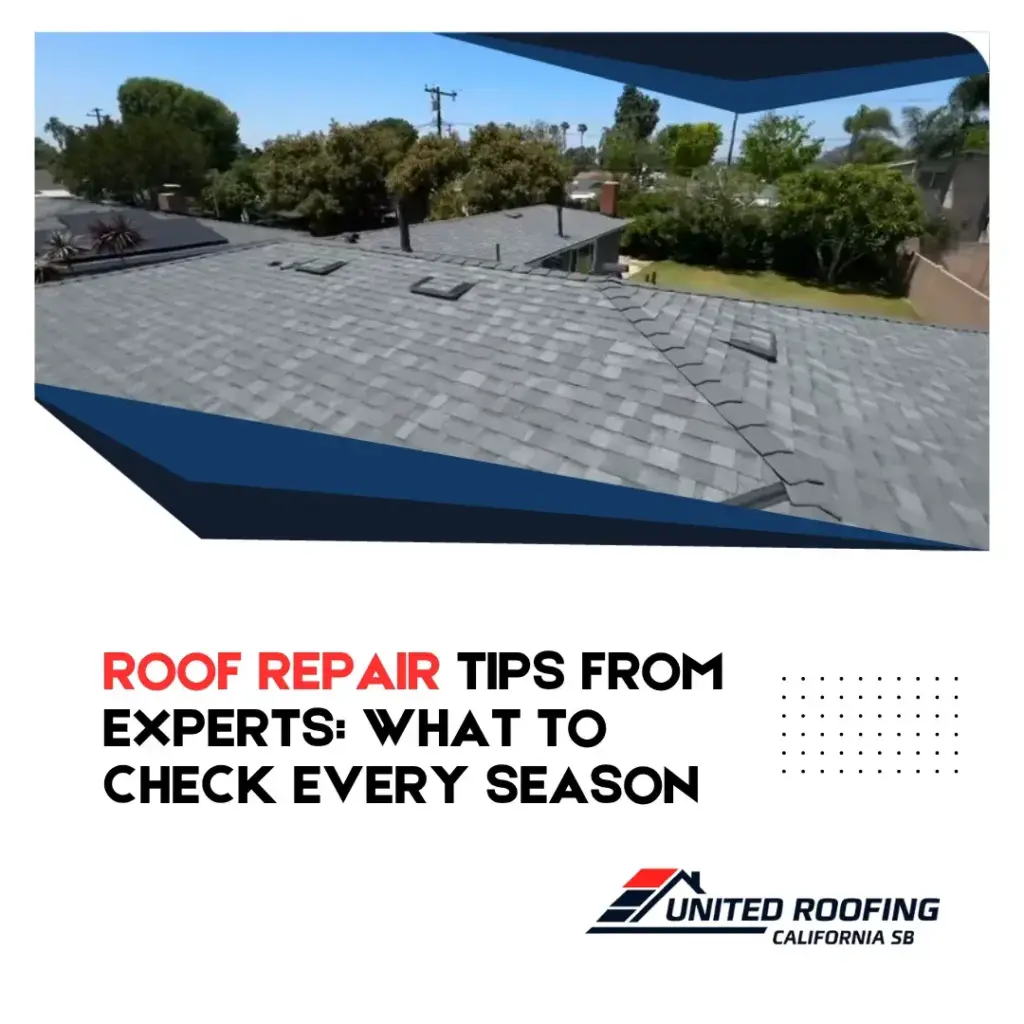Seasonal roof inspections are one of the smartest ways to prevent costly damage and extend the life of your roof. Whether you’re preparing for summer heat or winter storms, small issues can quickly turn into major problems if ignored. Professional contractors recommend evaluating your roof several times a year to catch vulnerabilities early. Knowing what to look for each season can help you plan ahead and schedule timely roof repair before damage escalates.
Spring Checklist: Post-Winter Damage and Moisture
After months of cold, moisture, and possible snow accumulation, spring is the time to look for cracks, missing shingles, or signs of water infiltration. Ice dams, heavy winds, and temperature swings can leave behind subtle but serious problems. Check flashing around chimneys and skylights, inspect gutters for debris or granule buildup, and examine ceilings inside your home for water stains. Addressing small leaks now can prevent the need for more intensive roof repair during the rainy season.
Summer Heat and UV Exposure Risks
Intense sunlight and high temperatures can cause roofing materials to expand, contract, and deteriorate over time. Asphalt shingles may curl or crack, and sealants can dry out. A mid-summer inspection should focus on surface wear, ventilation performance, and signs of heat damage around vents and joints. Ensure that attic ventilation is functioning well, as trapped heat can accelerate roof aging and affect your home’s energy efficiency.
Fall Preparation Before Storm Season
Fall is the ideal time to make sure your roof is ready for harsher conditions. Clear leaves and branches from gutters and valleys, which can block drainage and lead to standing water. Inspect underlayment and flashing to ensure they’re still watertight. This is also the best season to trim overhanging trees, reducing the risk of impact damage during winter storms. Making minor adjustments now can protect your home from severe seasonal weather ahead.
Winter Watch: Monitoring Leaks and Ice Build-Up
During winter, even a small vulnerability can quickly turn into an emergency. Ice dams, hidden leaks, and structural stress from snow loads can threaten the safety of your roof. Pay attention to sudden ceiling spots, unusual cold drafts, or icicles forming along eaves—all potential indicators of compromised insulation or ventilation. While climbing on the roof is not recommended in icy conditions, professional assessments can ensure your system is performing safely throughout the season.
Learn More
Why Proactive Roof Repair During Inspections Prevents Major Damage

